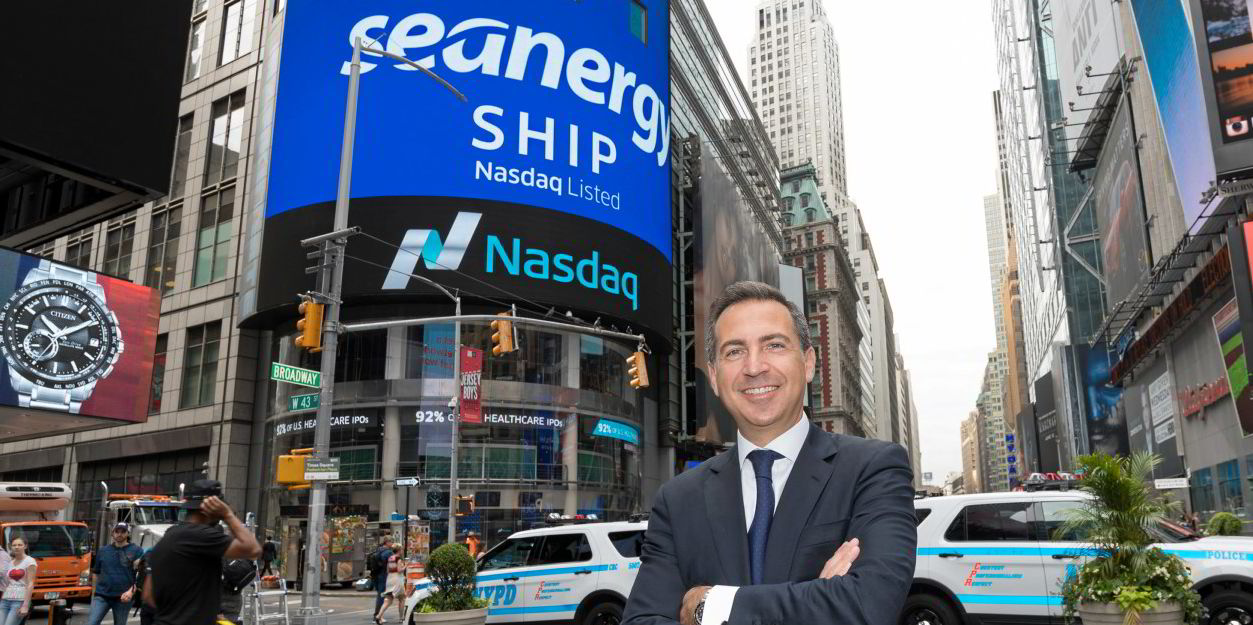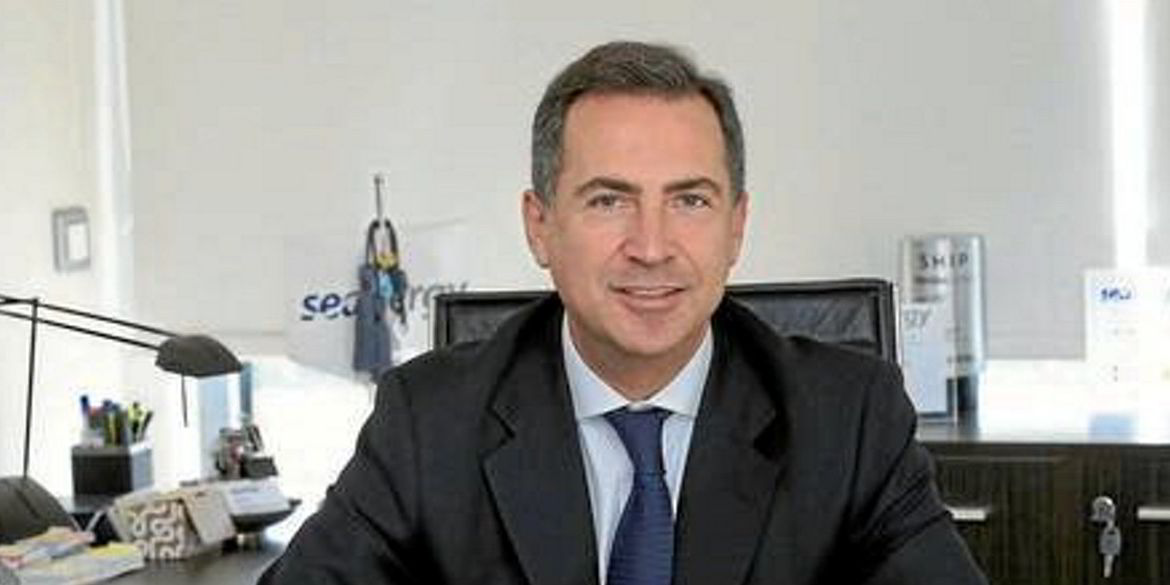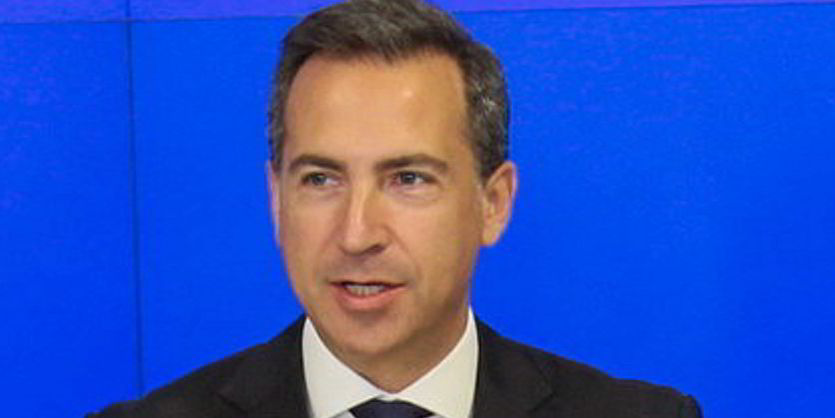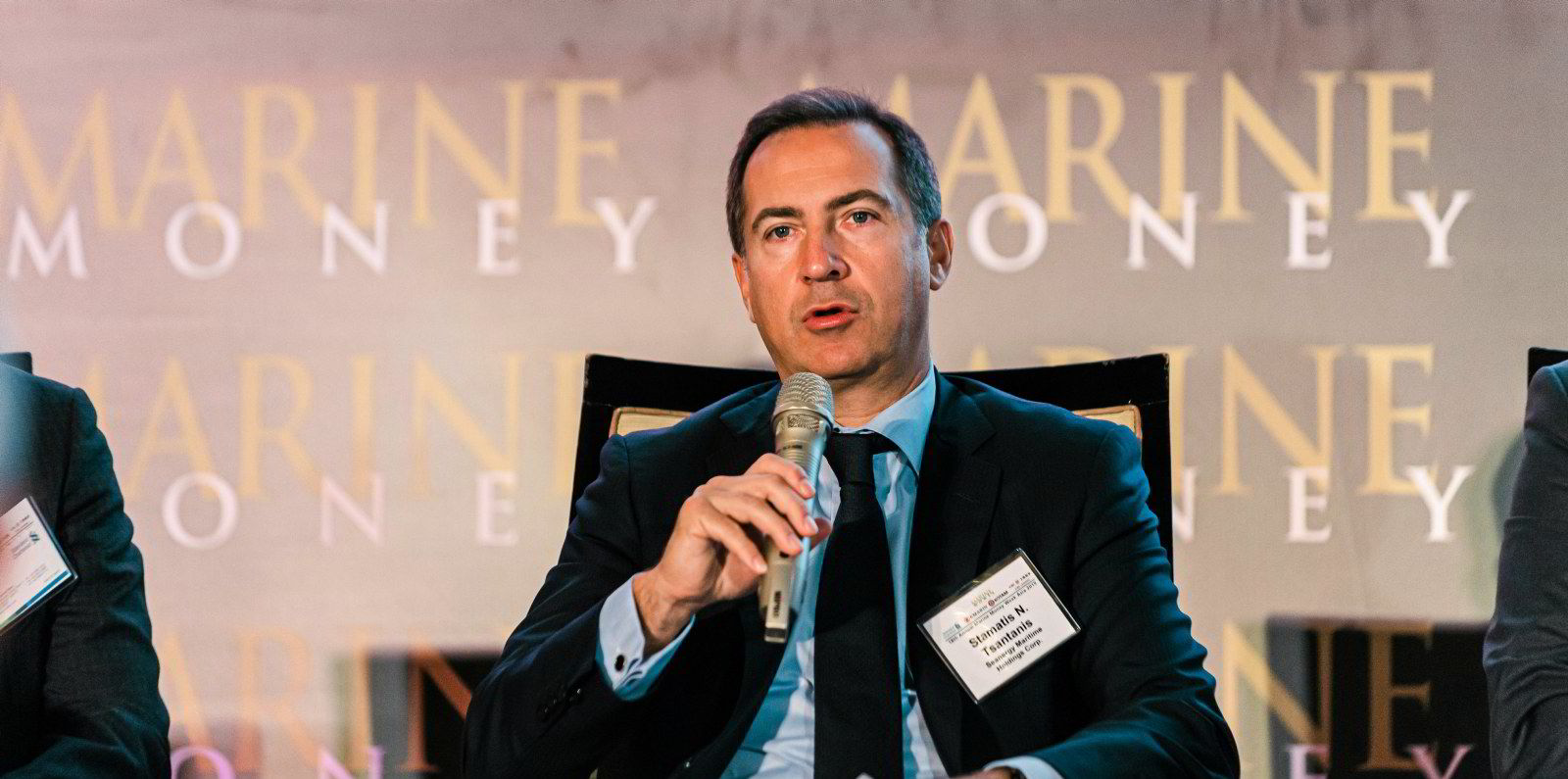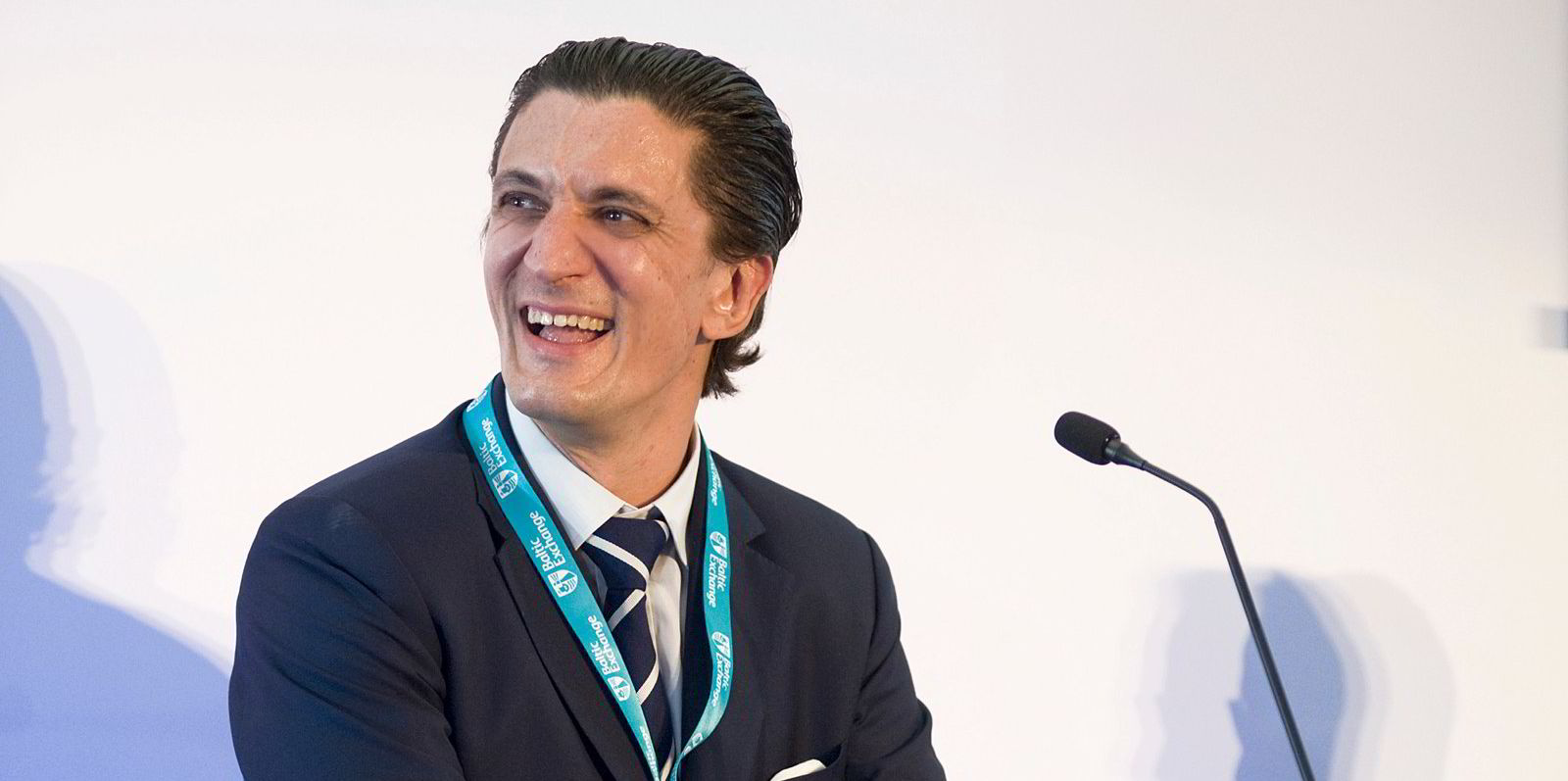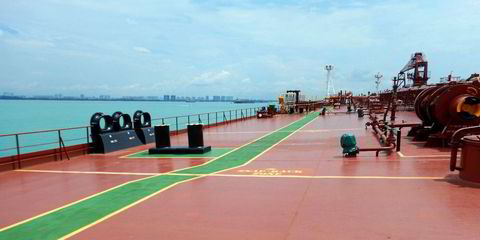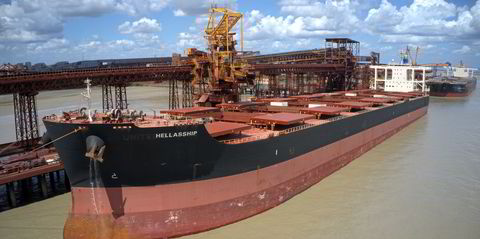Seanergy Maritime Holdings has made a $205m wager on a worldwide infrastructure building frenzy that it expects will keep iron ore and coal in high demand for years to come.
It has spent that much this year acquiring eight secondhand Japanese-built capesizes to ship these commodities, mostly to China, which makes 56% of the world's steel.
"We thought it was a great opportunity to start investing the capital we had just raised from the market and to create an accretive return for shareholders," chief executive Stamatis Tsantanis told TradeWinds.
"Unless everybody pulls the plug on the infrastructure projects in the world, I don't really see how iron ore and metallurgical coal is going to go down.
"It's completely illogical to say that you're not gonna be building additional roads, you're not going to be building bridges, tunnels, whatever, all over the world."
He also believes thermal coal will remain in high demand for many years despite the global push for greener energy.
"There's only so much additional energy you can get from the solar panels," he said.
"There are so many new power plants in Asia that are coal-fired and supposed to be very clean with scrubbers, so their emissions are very, very low."
Seanergy bought the ships with $200m in capital it raised to offset negative cash flows that kept its share price below the Nasdaq stock exchange's minimum $1 bid requirement for the second half of last year.
Tsantanis said the Athens-based owner has no immediate plans to further expand the fleet, which has almost doubled its capacity to 3m dwt.
"If you converted into supramaxes, that's about 50 ships," he said.
"We have already bought a lot of ships, and we have spent a lot of money that's straining the Seanergy system."
Staying away from the orderbook
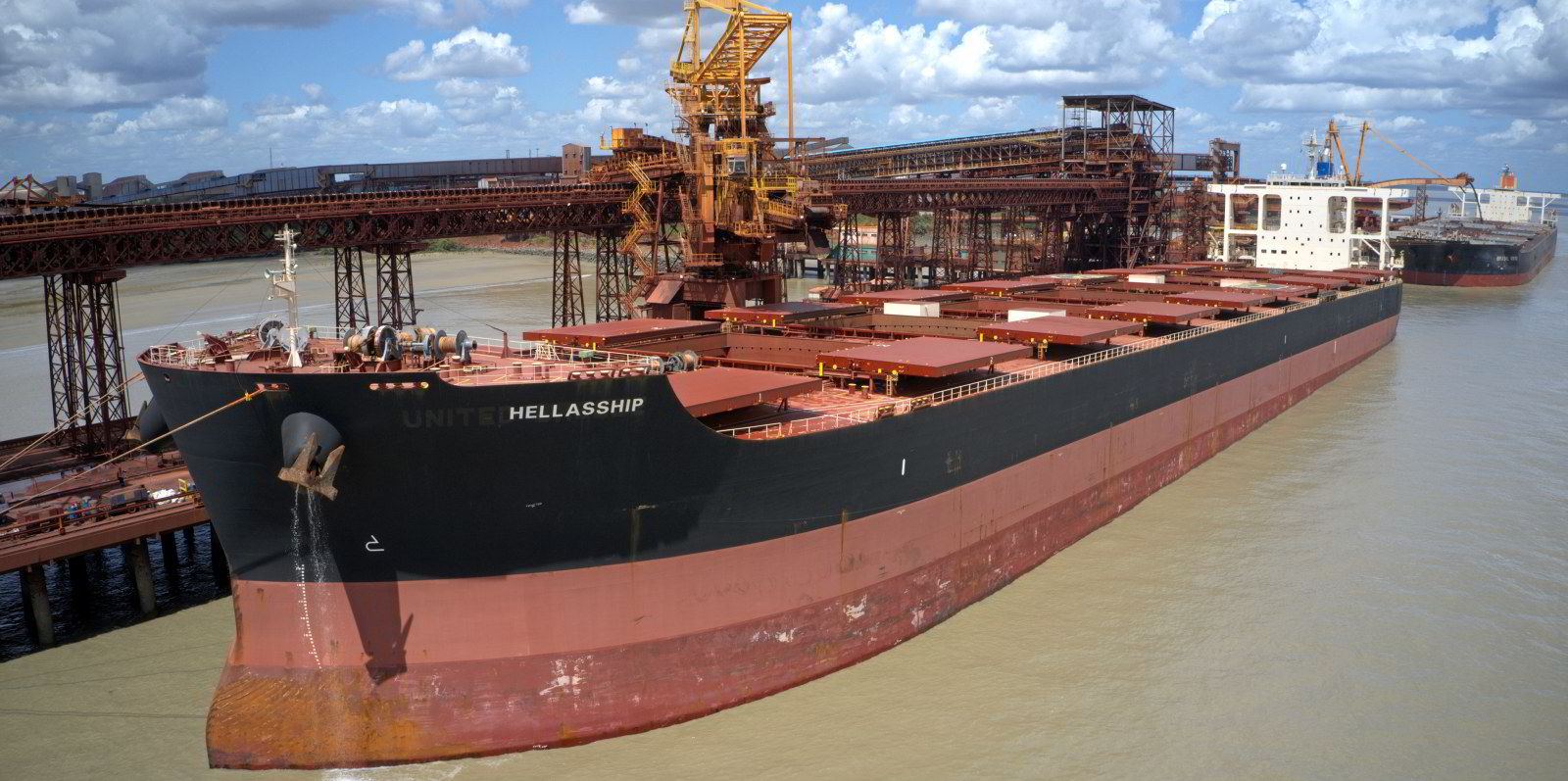
Beyond that, the pandemic has complicated asset delivery by limiting where ships can berth and requiring multiple Covid-19 testings of crew members before they board.
Seanergy also wants to hold off on buying more secondhand assets, with new emissions regulations coming into effect in 2030 and 2050.
"We're very content in the way that we are," Tsantanis said.
"Our customer is going to be strong, so now we're going to focus on other parts of running the company, like improving our capital structure, paying dividends, giving returns to our shareholders."
Seanergy, which earned $20.1m in net profit for the third quarter, versus $3.6m a year earlier, is in no rush to order newbuildings, either.
"There are multiple reasons for that," Tsantanis said: upcoming green laws may make them immediately obsolete, plus they are expensive and tie up millions of investment dollars in at least two years of construction.
"There is a huge difference for something that effectively makes the same return at the same level," he said.
"Who's going to do that when you have this huge differential? Also, it's dead cattle."
Seanergy is instead focused on making money with the ships it has, unfazed by an almost 70% drop in average spot rates in two months to around $28,000 per day.
"Volatility, well, it is the name of the game in capes," Tsantanis said.
The owner is confident that spot rates will remain high, starting in late 2022, when vessels begin slow-steaming to comply with the International Maritime Organization's Energy Efficiency Existing Shipping Index.
"Everybody has to slow down," he said. "It's simple as that. There is going to be a huge supply deficit."
Despite the recent drop, the average capesize spot rate this year is still more than double what it was for the same period in 2020, at almost $34,000 per day, he pointed out.
"If you told anyone last year that in 2021 you can have this kind of figure, they will tell you that you're crazy. Nobody was expecting this kind of number to be there."
- August 2006: Seanergy Maritime is incorporated as a special purpose acquisition company.
- September 2007: It lists on the NYSE Amex Equities stock exchange in an initial public offering that raises $231m.
- January 2009: Seanergy Maritime Holdings starts trading on the Nasdaq stock exchange under ticker symbol SHIP with six vessels acquired in May 2008 for $395m. Seanergy Maritime, its predecessor, is dissolved.
- August 2010: Fleet grows to 20 bulkers, mostly capesizes, with backing from Restis family.
- September 2013: Stamatis Tsantanis becomes chief executive after Dale Ploughman steps down.
- February 2014: Seanergy sells last four bulkers and clears $346m in debt after a 2.5-year restructuring.
- March 2015: Company relaunches, purchasing a capesize.
- August 2015: It buys five capesizes and two supramaxes from Restis family for $180m.
- March 2019: Seanergy becomes pureplay owner with 10 capesizes.
- October 2021: Fleet expands to 17 capesizes over 10 months.
